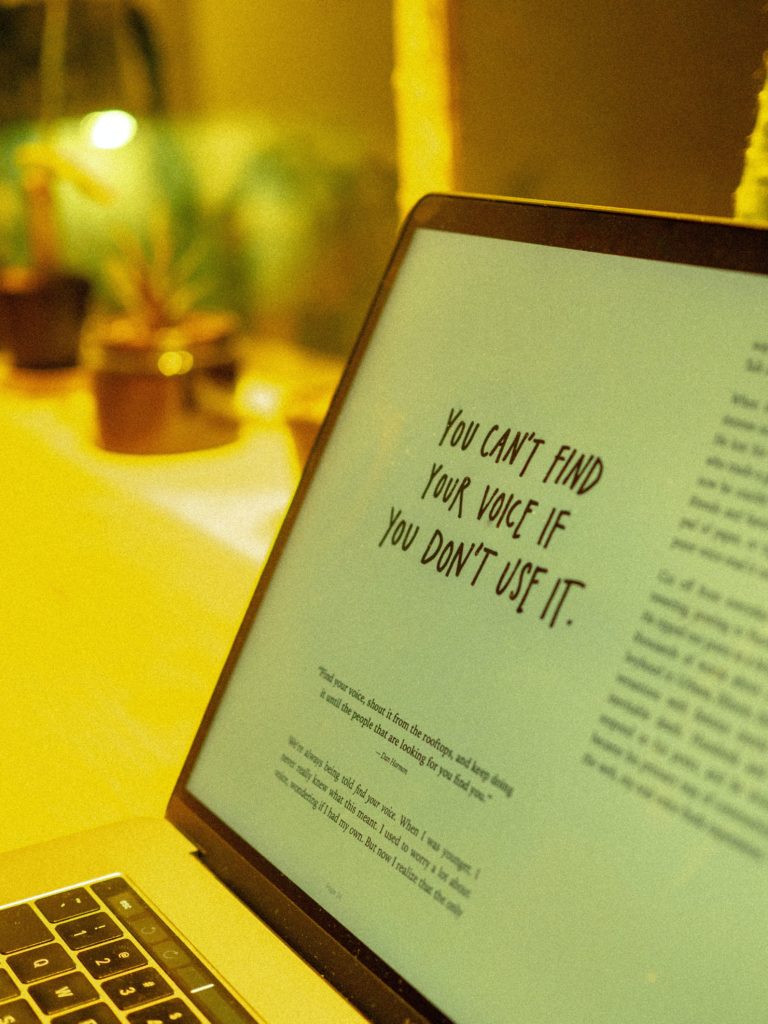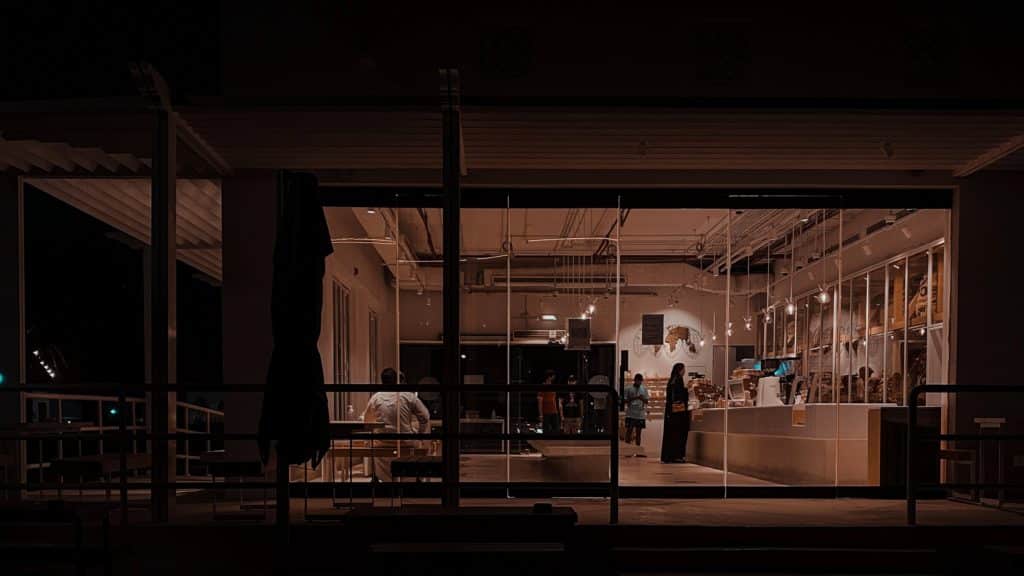In today’s digital age, it’s more important to be mindful of the information we come across and ensure we don’t just take things at face value. ‘Don’t believe everything you see’ is a mantra that should be kept in mind in all facets of life; from social interactions to politics to the news we consume – always think twice before forming an opinion!

Think critically, question what you see, and verify any material you encounter – whether in news reports, social networks, or even our perception of reality. This is especially true when dealing with personal relationships – our assumptions about others often are based on incomplete information or our biases, which can lead to miscommunication.
Awareness of the potential for manipulation by media organizations can help guard against being misled or taken advantage of.
Don’t Believe Everything You See: The Illusion of Perception
“Don’t Believe Everything You See” is a well-known saying that reminds us to be cautious and critical of the information presented through our visual perception. Our brain processes visual information in a way that can sometimes create illusions, leading us to believe in things that are not real or accurate.
One example of an illusion is the famous “Rubin’s vase,” which shows two faces or a vase depending on how we interpret the image. Another example is the “checker shadow illusion,” where two squares of different shades appear to be the same color due to the influence of the surrounding context.
These illusions occur because our brain tries to interpret and make sense of the visual information it receives based on past experiences and expectations. These interpretations can sometimes be incorrect or misleading, leading us to perceive things that do not exist.
Therefore, we must be critical of what we see and only sometimes trust our initial perceptions. We should question and verify the information to ensure its accuracy and truthfulness. By doing so, we can avoid being misled by visual illusions and make better-informed decisions based on accurate information.
More: Set up Your Browser for Maximum Productivity with Plugins
Don’t Believe Everything You See: The Influence of Media

“Don’t Believe Everything You See” is a phrase that emphasizes the importance of critical thinking and skepticism when consuming media content.
With the rise of digital and social media, it has become easier to create and spread false or misleading information, making it essential to question the authenticity and accuracy of what we see online.
Images and videos can be easily manipulated or taken out of context to support a particular agenda or message. It is essential to verify the source of information and check for any possible biases or conflicts of interest. It is crucial to recognize that seemingly objective news sources can have perspectives and biases that can influence how they present information.
By being aware of the potential for misinformation and practicing critical thinking, individuals can avoid being misled by false or biased information. Fact-checking information and using reputable sources is essential, particularly when making decisions or forming opinions based on what we see online. Overall, “Don’t Believe Everything You See” reminds us to remain vigilant and skeptical when consuming media content.
Don’t Believe Everything You See: The Fallibility of Memory
Memory is an essential component of our daily lives. It helps us to remember important events, places, and people. Our memories are not infallible, and we can only sometimes rely on them to be accurate. Our brains often distort, manipulate or create memories, which can have profound implications.
One of the most common ways our memories can be unreliable is through the phenomenon of false memories. False memories are memories of events or situations that never actually occurred. They can be created by suggestion, imagination, or simply hearing about an event from someone else.
Another way our memories can be fallible is through memory distortion. Memory distortion occurs when our brains alter the details of an event or situation over time. This can happen due to various factors, including stress, emotions, or the passage of time.
The fallibility of memory has severe implications for many areas of life, including eyewitness testimony in criminal cases, therapy and counseling, and personal relationships. It is essential to be aware of the limitations of our memory and to take steps to minimize the impact of memory fallibility.
Don’t Believe Everything You See: The Psychology of Believing

“Don’t Believe Everything You See” is a phrase that highlights the importance of critical thinking and skepticism when it comes to interpreting information. In the digital age, where data is abundant and easily accessible, it is crucial to understand the psychology of believing to avoid falling prey to misinformation and deception.
A critical aspect of the psychology of believing is confirmation bias, which refers to our tendency to seek out information that confirms our preexisting beliefs and ignore information that contradicts them. This can lead to a distorted view of reality and prevent us from considering alternative perspectives.
Another factor is cognitive dissonance, which occurs when our beliefs and behaviors conflict, causing discomfort and tension. To resolve this discomfort, we may change our thoughts or behaviors to align with each other, even if it means ignoring contradictory evidence.
The availability heuristic is another cognitive bias that can impact our beliefs. It occurs when we base our judgments on the most readily available information in our minds rather than considering the full range of available evidence.
Finally, social influence plays a significant role in shaping our beliefs. We are often influenced by the opinions and attitudes of those around us, and we may conform to their beliefs and behaviors to fit in or avoid social disapproval.
More: Visual Pathways – Interview with author Michael Kribus
Don’t Believe Everything You See: Social Media & Echo Chambers
“Don’t believe everything you see” is an important message, especially in the era of social media and online communication. With the abundance of information available on the internet, it can be easy to avoid accepting everything at face value without questioning its accuracy or credibility.
One of the biggest challenges posed by social media is the phenomenon of echo chambers, where individuals surround themselves with like-minded people and ideas, creating a self-reinforcing bubble that can be difficult to break out of. In these echo chambers, people are often exposed to a narrow range of perspectives and opinions, which can reinforce their pre-existing beliefs and biases.
To combat this phenomenon, it’s essential to seek out diverse perspectives and sources of information, even if they challenge our existing beliefs. It’s also crucial to practice critical thinking, fact-checking when consuming information online, and be wary of biased or unreliable sources.
Ultimately, the message “don’t believe everything you see” reminds us to approach information with a healthy dose of skepticism and to constantly question and evaluate the validity of what we encounter online. By doing so, we can avoid falling into echo chambers and make more informed well-rounded decisions.
Don’t Believe Everything You See: It’s Crucial To Challenge Your Thoughts

We live in an age of mass media and unlimited access to information. This can be both a blessing and a curse, as it is easy to be drawn in by stories that may not always be true or accurate. It’s important to remember not to take everything we hear or see at face value and instead challenge our thoughts.
It’s easy to get taken in by sensationalized, emotional, or false stories. We have become accustomed to quickly skimming through headlines and news articles that might contain inaccurate information or present only one side of an issue.
We must research further to ensure we get the complete picture before forming opinions. We must look for reliable sources, read critically, and question what we are being told. It’s important to note when information comes from reputable organizations or scientific studies versus opinion-based pieces with no fact-checking done.
Further, it’s equally essential to challenge our internal dialogue and those around us. Often our inner thoughts can be based on false assumptions or beliefs that aren’t always valid.
Awareness of these limiting beliefs can help us correct and form more realistic views about ourselves and others. Similarly, challenging the rhetoric of those around us helps keep conversations open-minded and encourages thoughtful listening and reflection.
In conclusion, don’t believe everything you see—it’s crucial to challenge your thoughts! Researching facts behind stories; recognizing false assumptions; listening critically; and asking questions will help us form more informed opinions about the world.
Final Thoughts
It is important to remember that not everything seen and thought is true; it’s important to practice critical thinking to evaluate what we see, hear, and believe. Our minds are powerful tools but can be easily manipulated by false information or biased perspectives.
Practicing critical thinking helps us differentiate between facts and opinions, identify faulty logic, recognize our biases and preconceptions, and be more aware of the potential for manipulation in various forms of media. This helps us make more informed decisions based on sound principles rather than beliefs based on propaganda or hype.


















